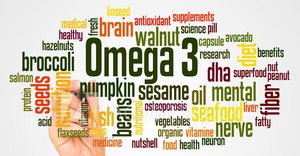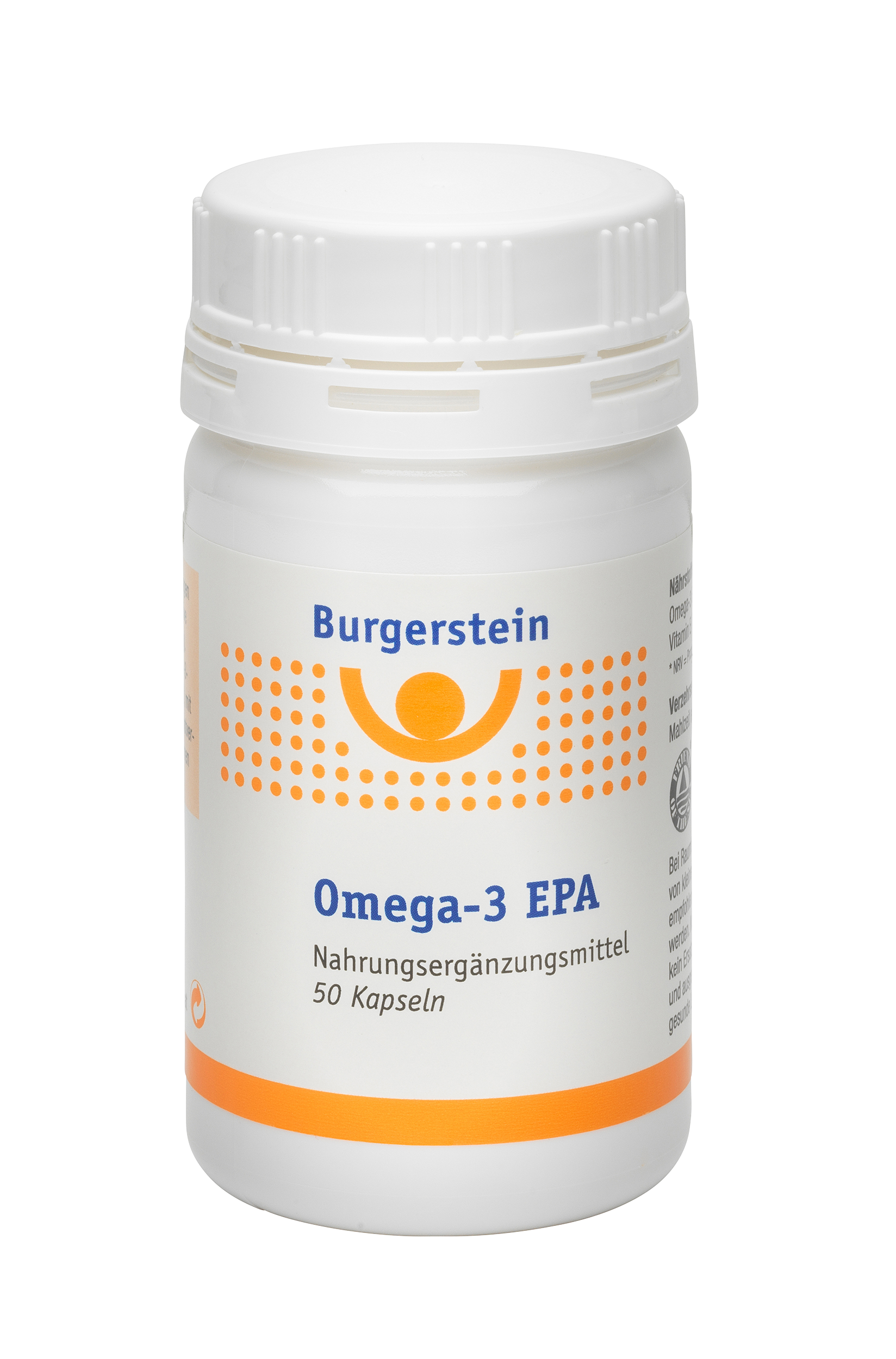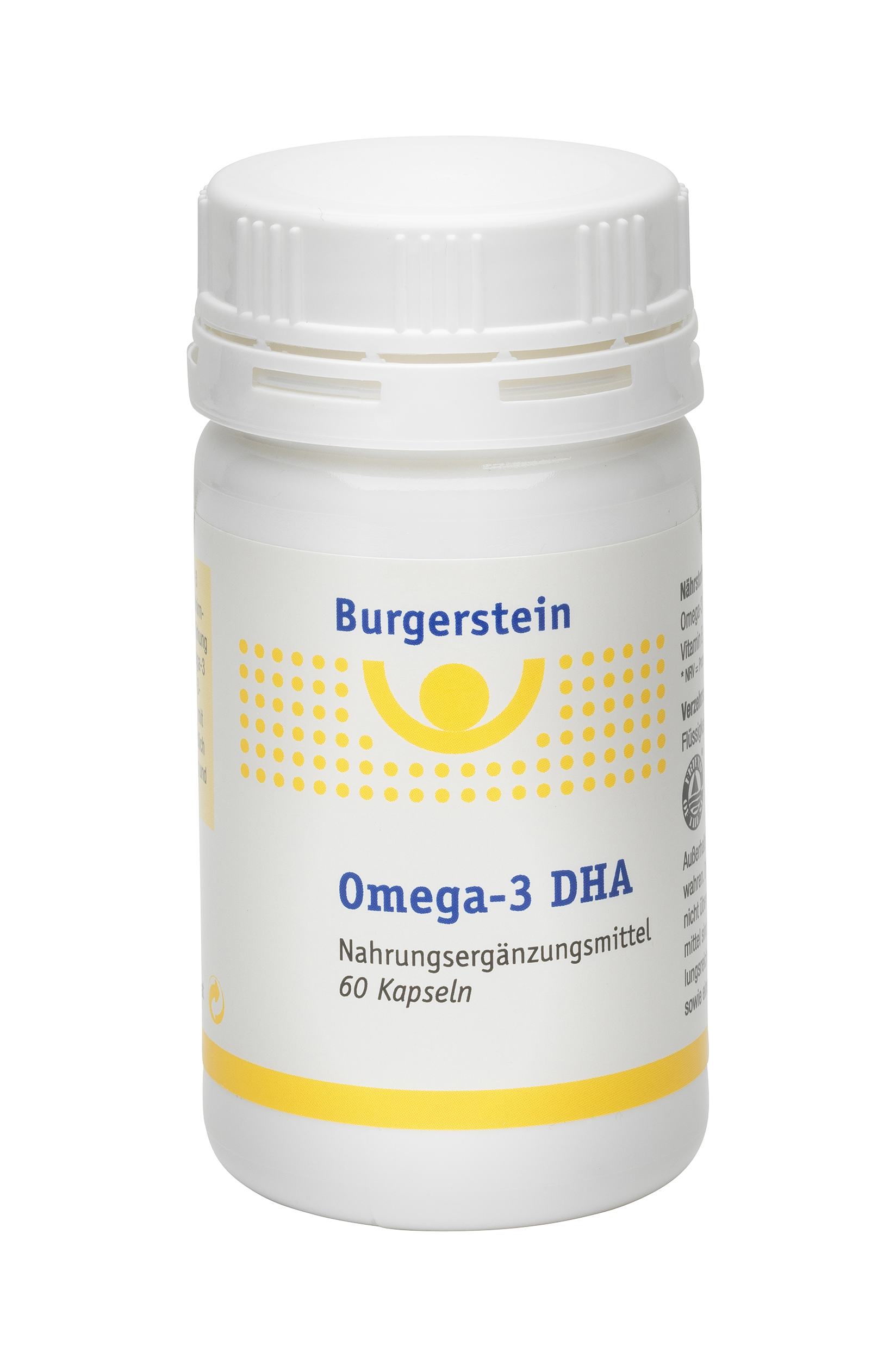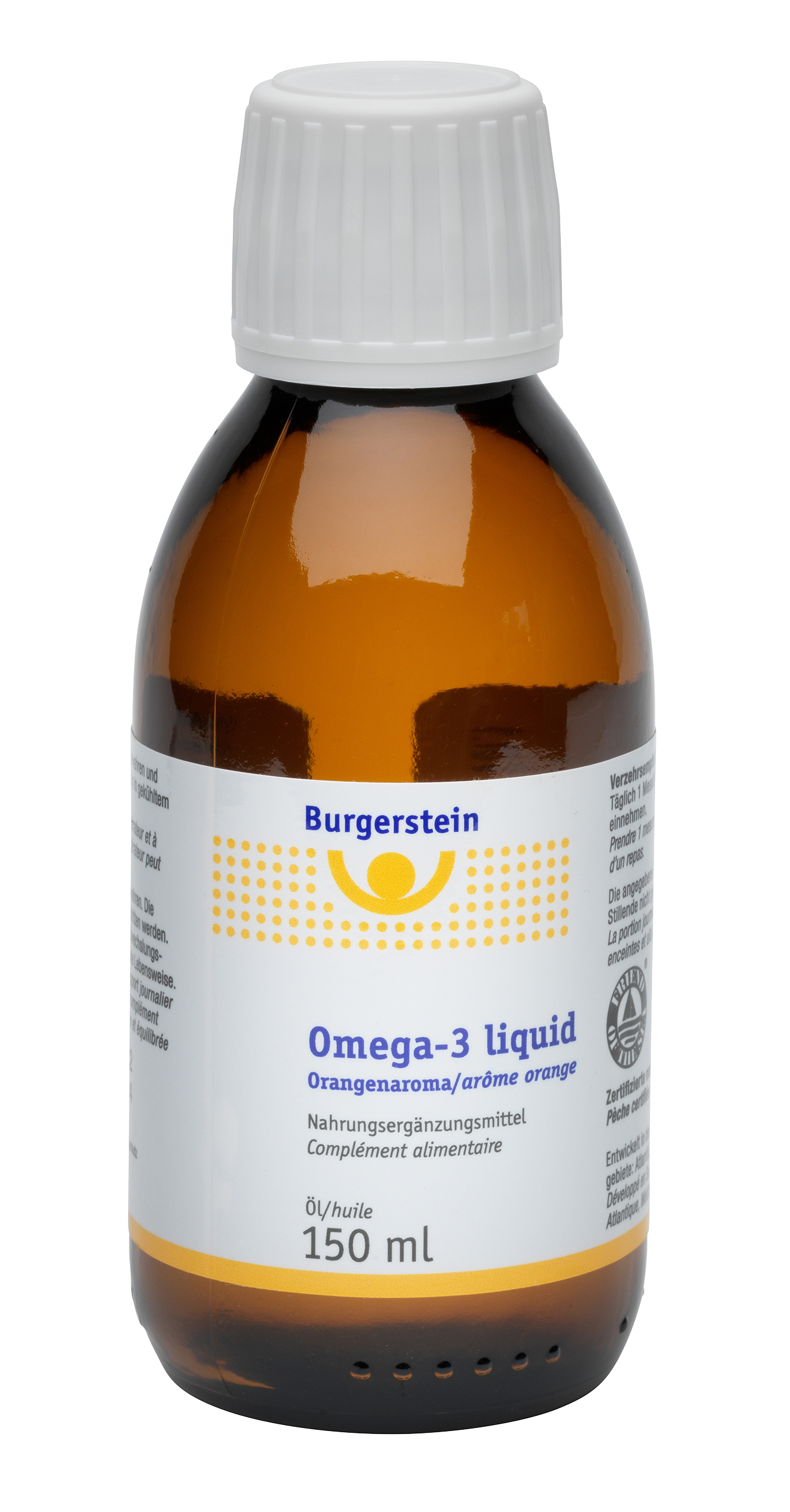Omega-3 fatty acids
Fats are characterized by a common, basic chemical structure. Fatty acids are an essential component of this structure. A fat molecule contains either one, two or three fatty acids. They differ, among other things, in the degree of saturation, which is the number of double bonds between the carbon atoms. These differences in chemical structure also essentially determine the difference in quality between fats.
Health claims on EPA and DHA according to EFSA (European Food Safety Authority).
- Contributes to normal heart function
from 250 mg EPA and DHA (combined) per day - Contributes to the maintenance of normal brain function
from 250 mg DHA per day - Contributes to the maintenance of normal vision
at 250 mg DHA per day - Contributes to the maintenance of normal triglyceride levels in the blood
at 2 g EPA and DHA (combined) per day - When ingested by the pregnant woman or mother, it contributes to the normal development of the brain and eyes in the fetus or breastfed infant.
450 mg EPA and DHA (of which at least 200 mg DHA) per day
Everyday recommendations for omega-3 fatty acids
The ratio of omega-3 to omega-6 fatty acids is not right in most diets, just like the ratio of saturated to unsaturated fatty acids. However, to boost your health, it only takes a few small changes in your daily diet:
- eat less fat and more vegetables, fruits and fiber
- replace fat from animal sources (butter, meat, eggs) more often with vegetable fat (nuts, seeds, vegetable spreads)
- give preference to rapeseed and walnut oil
- replace one or two meat or sausage meals with fatty sea fish
- include linseed oil in the diet daily if possible
- regularly consume hazelnuts and walnuts
Omega-3 fatty acids
The omega-3 fatty acid alpha-linolenic acid is one of the polyunsaturated fatty acids and is essential. This means that it cannot be produced by the body itself and must be ingested with food.
Omega-3 fatty acids are found in rapeseed, linseed, soybean or walnut oil and in fatty fish (e.g. mackerel, salmon, tuna, herring and domestic cold-water fish such as char). Unsaturated fatty acids serve the body, among other things, as a component of cell membranes. There they ensure that they remain permeable and flexible. The brain also consists largely of fat. The polyunsaturated docosahexaenoic acid (DHA) is the brain's most important fatty acid. In addition, some polyunsaturated fatty acids have an anti-inflammatory effect, are precursors of hormones and support cell division - this is particularly true of omega-3.
Omega-3 DHA & EPA
There has been a lot of hype about fats in recent years. And rightly so, because the healthy unsaturated fatty acids, which include omega-3, have numerous positive effects on your body.
Omega-3 fatty acids are of great importance for the human metabolism. They are a building block of our cell membranes and keep the sheaths of the cells supple. In addition, they are needed for the production of various tissue hormones (the body's own messenger substances) and to strengthen the immune system.
The "Omega Balance" is enormously important!
Especially for athletes, a sufficient supply is essential, because the fatty acids play a major role in the conversion of protein from food into the body's own protein - also called protein biosynthesis. With enough fat, protein can be better converted, allowing the body to build more muscle. This also shortens the recovery time after a strenuous workout.
Omega-3 fatty acids are vital - they protect the heart, provide brain power and make you fit.
The two omega-3 fatty acids DHA and EPA belong to the so-called polyunsaturated fatty acids and are mainly obtained from fish or algae. As the name suggests, they are essential for life and cannot be replaced - the body cannot produce them itself, they must be ingested daily with food. These two fatty acids are mainly found in fatty cold-water sea fish (salmon, herring, mackerel, anchovy). In addition, EPA and DHA are also found in higher concentrations in tiny crustaceans from cold waters (krill) and certain microalgae (for example spirulina or chlorella algae).
Coming to the fish...
A daily intake of omega-3 fatty acids is also recommended for children (from 2 years of age) and adolescents. Because children and adolescents tend not to like fish, cannot tolerate it or eat too little of it, it can also make sense here to switch to alternatives such as foods enriched with EPA and DHA or high-quality food supplements. Children can easily take DHA and EPA in the form of a fish oil (here Burgerstein offers an ideal solution with Omega-3 liquid - without fish flavor, but with orange flavor). Omega-3 liquid is available without prescription and can be taken pure - or stirred into salad or yogurt - even by the youngest children. Thus, here too, nothing stands in the way of a regular supply.
The Inuit have fewer heart attacks
The first indications of an effect of omega-3 fatty acids came from epidemiological studies on Inuit. It was found that Inuit die much less frequently from cardiovascular disease or stroke. Today it is known that this is related to the consumption of large quantities of cold-water fish. These fish contain omega-3 fatty acids in high concentrations. Omega-3 fatty acids enable the blood of these fish to remain fluid even at the lowest temperatures, which is essential for survival.
Determination of omega-3 levels

The High Sensitivity (HS) Omega-3 Index is a standardized laboratory method for determining the proportion of EPA and DHA in the cell membranes of red blood cells (in percent). This measurement provides information about the supply status of the last 2 to 3 months and is therefore not influenced by a fish meal from the previous day. The optimal range is between 8 and 11 %, a value of <6 % is considered a critical undersupply. At a value of >11%, the intake of omega-3 fatty acids should be reduced. Although there are large individual differences in the metabolism of EPA and DHA, omega-3 intake recommendations are often quite sweeping - 1 gram per day for "heart protection," 2 grams for inflammatory conditions, etc. If you don't know your omega-3 index, you're certainly not doing anything wrong with these dosages. But "intake" does not automatically equal "absorption." You don't know where you stand until you measure. It is possible that many negative study results can be explained by the fact that the target range of 8 to 11% was not reached despite supplementation. This is also confirmed by follow-up analyses of large intervention studies.2 Knowing the individual HS omega-3 index should become a matter of course - hopefully, measurement will soon become part of routine medical practice, just as it is for vitamin D.






